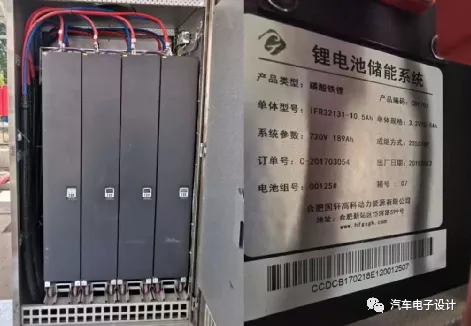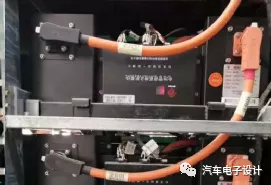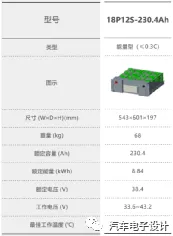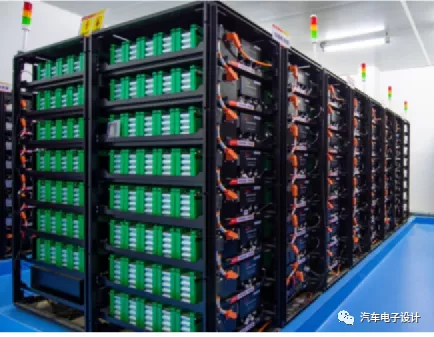Fire and Explosion Accident at South Fourth Ring Energy Storage Station in Fengtai District, Beijing
On the 16th of a certain month, a fire broke out in the energy storage station located at South Fourth Ring Road, Fengtai District, Beijing. Two hours later, while dealing with the fire in the southern area of the station, an explosion occurred suddenly in the northern area of the station, resulting in 2 firefighters killed, 1 firefighter injured, and 1 employee missing. This accident has brought about significant impact. Here are some observations:
-
The project was put into operation in March 2019 with a total capacity of 25 MWh. As such, it has been in operation for more than two years. Our previous experience in buses and energy storage revolved around lithium iron phosphate (LFP) due to the battery’s safety. In this case, as time passed, maintenance and inspection of the battery system became a critical aspect.
-
Half of the project was built to support electric vehicle charging. The direct current (DC) light storage and charging station had dual guns per charge post, each capable of reaching 300 kW. Such projects require isolation to prevent potential accidents that may arise from the coupling of future energy storage and vehicle systems.
-
It is currently unknown whether the problem originated from the charging or indoor energy storage portion of the station. For lithium iron phosphate with a high number of cycles, new requirements for battery status detection have emerged during system operation. Three-element batteries can use pressure and temperature differences to perform some screening. For iron-lithium batteries, it seems that there is no good solution to handle such incidents.
According to information found online, this batch of energy storage batteries used IFR32131 10.5 Ah with a serial-parallel structure of 18 cell groups and 225 series connections, forming a 720 V 189 Ah system. This battery has been widely used in the previous Beijing Automotive Industry Holding Co., Ltd (BAIC) EC series, with sizes adjusted to 33139 and 32139, ranging from 10.5 Ah to 12 Ah and 15 Ah.






There is a core problem inside, why did the explosion suddenly occur? Let’s sort out the potential possibilities
1) At 12:17, a fire was received, and 47 fire trucks and 235 firefighters extinguished the open flames. During this process, a considerable number of batteries were immersed in water.
2) At 14:15, an explosion suddenly occurred, causing casualties. During this process, the insulation failed due to immersion, which caused these 10 Ah batteries to fail.
Note: From the design of the picture, after these energy storage cabinets are flooded, there may be systemic insulation failure, and explosions may occur after local circulation.



Comparatively speaking, the accidents of lithium iron phosphate in energy storage stations are actually much less. For new batteries, the safety of products from different manufacturers may be similar, but the maintenance ability of battery companies for lithium iron phosphate differs greatly inside the bus, otherwise the one-sided ownership difference in the bus will not occur.
Conclusion
No one wants to see this accident. It is really lucky that the fire accidents in electric vehicles before did not cause casualties. Since the energy storage station is relatively close to the residential area, the potential harm to firefighters is relatively large. In 2019, a battery energy storage station deployed by APS in Peoria, Arizona, caught fire and four firefighters were injured. With the large-scale use of lithium batteries in energy storage, ships, heavy industry, and electric bicycles, a lot of effort is needed to reduce potential accidents.
This article is a translation by ChatGPT of a Chinese report from 42HOW. If you have any questions about it, please email bd@42how.com.
